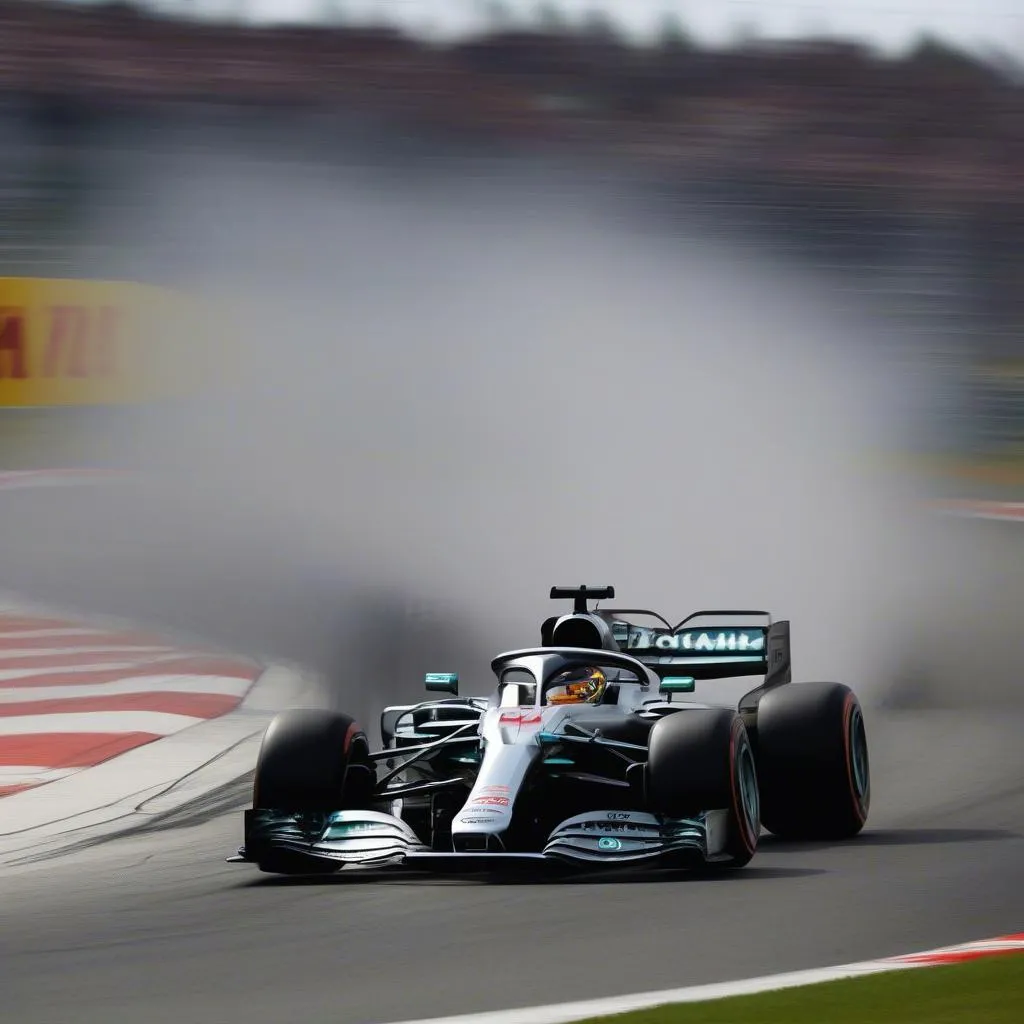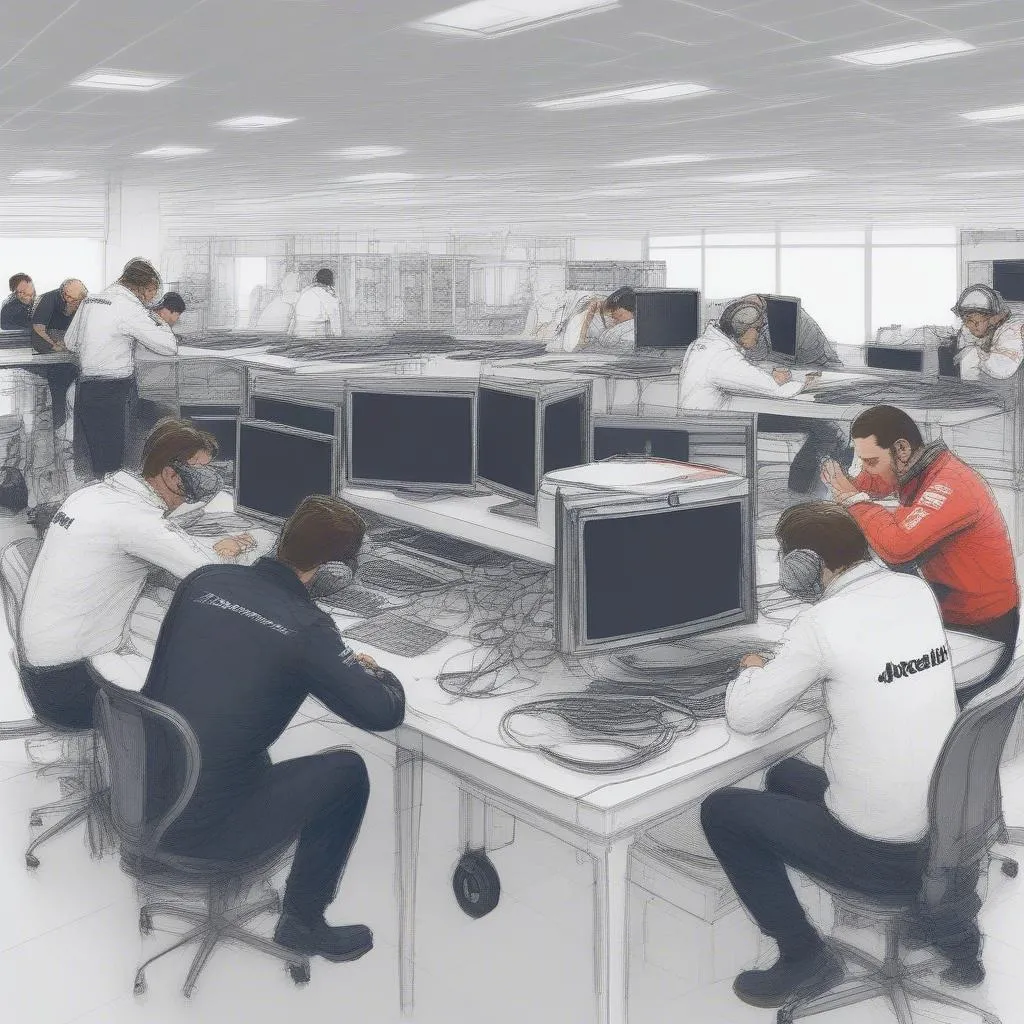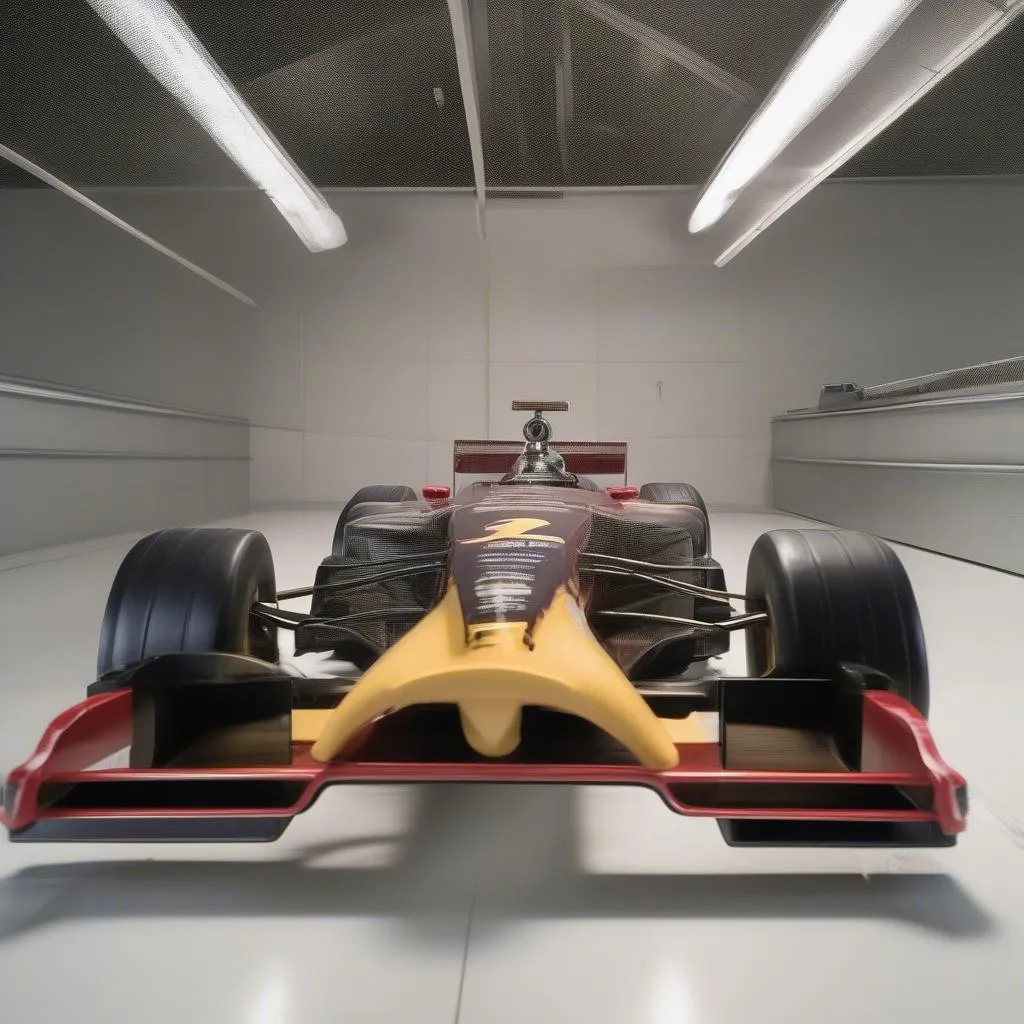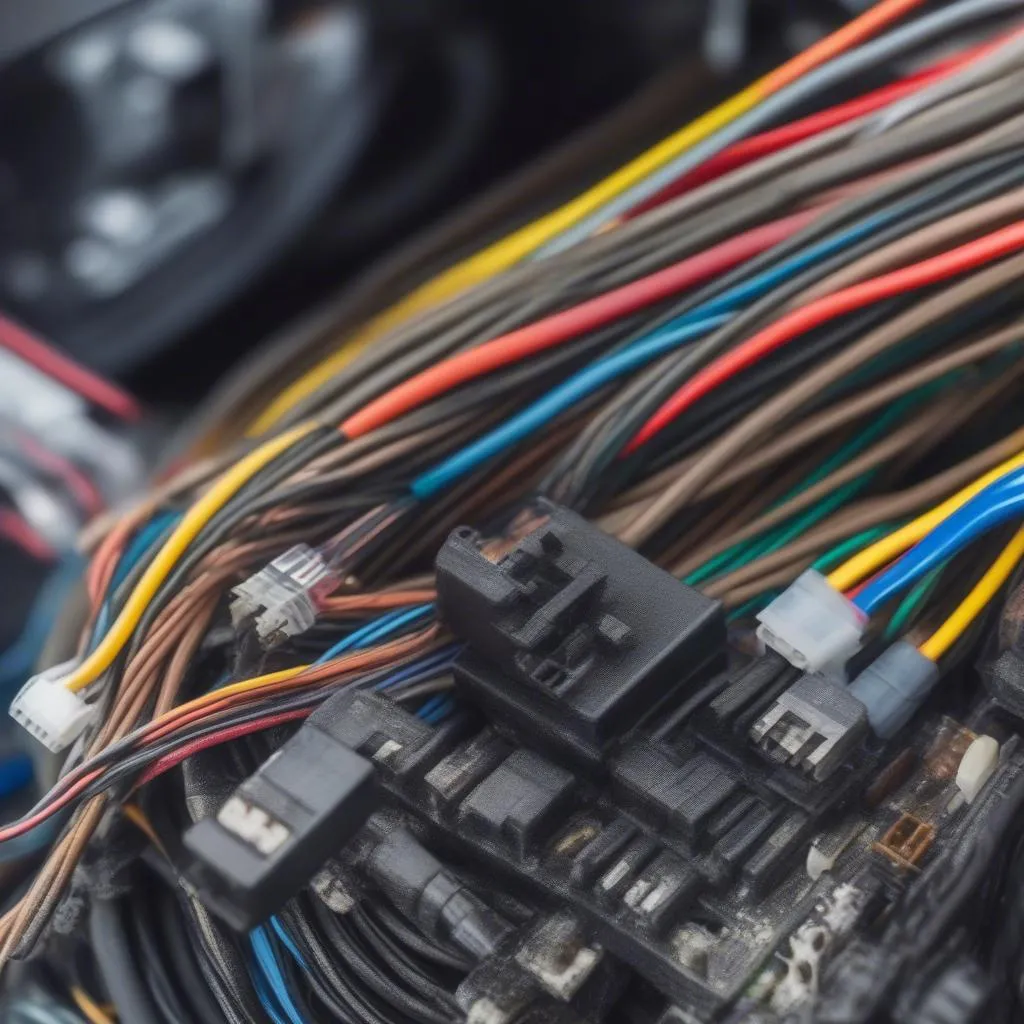The Mercedes F1 team, despite its history of dominance, hasn’t had the smoothest ride in recent seasons. The question on everyone’s mind: Can Mercedes F1 fix their car? The answer, like most things in Formula 1, is complicated. It’s not just about fixing a single part; it’s about understanding complex aerodynamic regulations, engine limitations, and the constant pressure to innovate.
Understanding the Challenges: Why is “Fixing” a Formula 1 Car So Complex?
Before we dive into solutions, it’s crucial to grasp the multifaceted challenges facing the Mercedes F1 team:
- Aerodynamic Regulations: F1 introduced significant aerodynamic regulation changes, impacting car performance. Teams like Mercedes, used to a dominant design philosophy, have had to adapt, and it hasn’t been easy.
- Engine Development Freeze: F1 implemented an engine development freeze, limiting a team’s ability to make significant power unit changes. This restriction puts pressure on maximizing the performance of existing engine designs.
- “Porpoising” Effect: A significant issue faced by Mercedes was the “porpoising” effect – a violent bouncing at high speeds caused by aerodynamic instability. This issue severely hampered performance and driver confidence.
 mercedes f1 car porpoising
mercedes f1 car porpoising
Identifying the Issues: How Does Mercedes Pinpoint Performance Bottlenecks?
Diagnosing a Formula 1 car’s performance issues is a highly technical endeavor. Here’s a glimpse into the process:
- Telemetry Data: Sensors throughout the car gather vast amounts of data during each run. Engineers analyze this telemetry to understand car behavior and pinpoint areas for improvement.
- Driver Feedback: Drivers provide crucial subjective feedback on the car’s handling, balance, and overall performance, aiding engineers in understanding areas requiring attention.
- Wind Tunnel Testing: Scale models of the car undergo extensive testing in wind tunnels to analyze and optimize aerodynamic performance.
- Computational Fluid Dynamics (CFD): Advanced computer simulations help engineers model and refine the car’s design, particularly its aerodynamic characteristics.
 f1 engineers telemetry data
f1 engineers telemetry data
Tools of the Trade: What Equipment is Needed for F1-Level Fixes?
Fixing a Formula 1 car isn’t about your average wrench and screwdriver. Specialized equipment is crucial:
- High-Tech Garage Equipment: This includes advanced lifts, precision tools for working with lightweight materials (like carbon fiber), and diagnostic equipment for analyzing complex systems.
- Wind Tunnel Facilities: Access to wind tunnels is essential for aerodynamic testing and development.
- Simulation Software: Teams rely heavily on sophisticated software for data analysis, simulation, and design optimization.
 f1 wind tunnel testing
f1 wind tunnel testing
The Road to Improvement: How Can Mercedes Address Their Performance Issues?
- Aerodynamic Refinement: Continuous development and optimization of the car’s aerodynamic package are crucial for finding more downforce and reducing drag.
- Suspension Tuning: Fine-tuning the suspension setup helps mitigate the “porpoising” issue and improve overall handling and stability.
- Strategic Development: With limited engine development, focusing on areas like energy recovery systems and fuel efficiency can yield performance gains.
Frequently Asked Questions
Q: Can Mercedes catch up to the front of the grid?
A: In Formula 1, the potential for improvement is always present. Mercedes, with its vast resources and history of success, certainly has the capability to close the gap. However, it requires meticulous development, strategic decision-making, and a bit of racing luck.
Q: What role does the driver play in overcoming these car issues?
A: A skilled driver can extract the most from a car, even with limitations. They provide crucial feedback to engineers and can adapt their driving style to compensate for certain issues.
Q: Can diagnostic tools like those offered by Cardiagtech play a role at the F1 level?
A: While F1 teams use highly specialized equipment, the principles behind automotive diagnostics remain consistent. Companies like Cardiagtech, with their advanced diagnostic tools, empower mechanics and enthusiasts to diagnose and address issues in a wide range of vehicles. For more information on Mercedes-specific diagnostic solutions, CARDIAGTECH provides valuable resources.
The Future of Mercedes in F1
“The constant evolution of regulations in Formula 1 makes predicting the future nearly impossible,” states Dr. Emily Carter, a renowned motorsport engineer (fictional). “However, Mercedes’ dedication to innovation and their history of bouncing back from setbacks should not be underestimated.”
The path back to the top won’t be easy, but Mercedes has demonstrated time and again its ability to adapt and innovate. Whether they can fully fix their car and reclaim their championship-winning form remains to be seen, but the journey itself will undoubtedly be captivating for motorsport fans worldwide.


